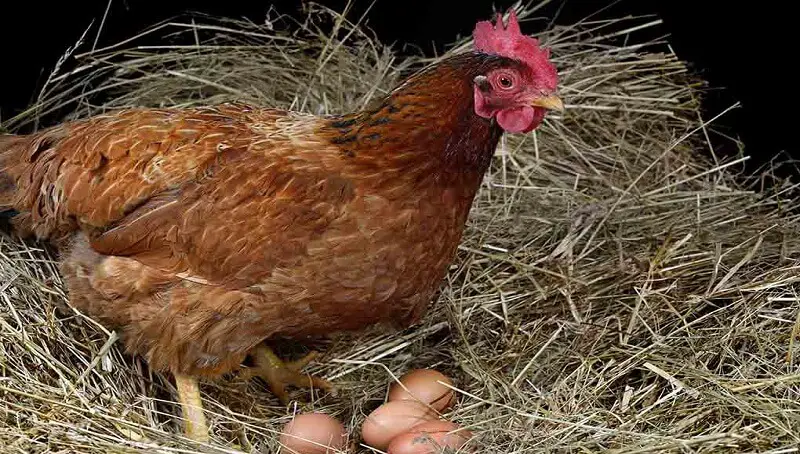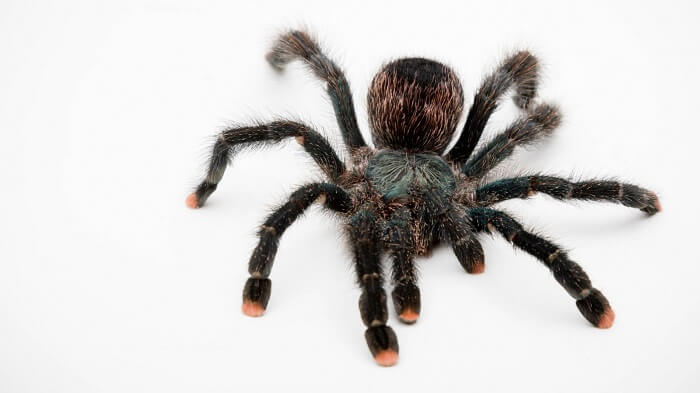What to feed chickens, how many times a day, what supplements to choose, and how to get egg production all year round? All these questions are constantly asked by beginner farmers, and not only.
The number of eggs and their quality depends on the diet of the chickens. Do not expect that only with grass the chickens will lay eggs continuously. At the same time, do not think that you can count only on cereals.
The basic feed of birds is concentrates because they cannot digest cellulose, especially galllinaceous, which is present in higher quantities in other feed resources.
Of course, there is excellent mixed silage for poultry breeding, which allows owners not to think about feeding the feathered domestic animals. But this pleasure is expensive and not everyone can afford it. If you want to prepare food for birds yourself, create a balanced menu of products, which you can buy or grow in your own garden.
Laying hens should receive at least 130-180 grams of balanced food per day.
What to feed the laying hens
You might also like my articles about:
The menu of chickens depends on the purpose of breeding, but also on the age of the birds.
Regardless of the age of chickens, they must always have access to the following products: bone flour, fish flour, and washed river sand. In addition, it would be good to provide the birds with at least a few hours of outdoor walks to find worms, larvae, roots, and greenery.
Food for chickens up to 5 months old
By the age of 5-6 months, hens rarely lay eggs because they are growing and getting strong. During this period, the main task of the farmer is to raise healthy birds. The focus is on proteins and vitamins.
The poultry menu should contain mixtures of cereals, vegetables and greens, bone stew or bone meal, and mineral supplements. The portion for a bird is calculated as follows:
- cereal mixture – 50 gr;
- stew or bone meal – 50 gr;
- boiled or raw vegetables, greenery – up to 70 gr;
- salt, mineral additives – up to 6 gr;
- protein – 15-20 gr.
The cereal mixture contains 60-70% wheat and 10% oats, rye, and barley.
Feed for chickens from 5 months to 1 year
Closer to 6 months, chickens begin to lay eggs, therefore, preparations or foods with a high calcium content are added to the usual menu. During this period, many poultry breeders switch the hens’ diet to compound feed, but you can limit yourself to buying food additives for them. At this time, quality outdoor walks are especially important for the birds.
Feed for chickens after 1 year
After a year, the laying of eggs decreases. This is a natural process, because of which experienced farmers change the birds. In fact, if you do not need eggs for sale, but only for personal consumption, this period can be extended for a while only by adjusting the menu of the hens.
You can add to the mixtures the followings: pumpkin, sunflower, minced fish meat, chopped greens, and vitamin complexes. In addition, some of the grain is allowed to germinate before it is given to the birds.
If you sprinkle the sprouted grain on the tray, the chickens will choose it with more pleasure.
Unfortunately, after 2 years, even the pure-bred chickens begin to lay fewer eggs. Keeping birds doesn’t make sense anymore, so by this time, you should already have others to exchange them.
How often should chickens be fed?
 Healthy large hens eat 2 times a day, in the morning and evening, the same amount of food. The chickens must have water and supplements permanently.
Healthy large hens eat 2 times a day, in the morning and evening, the same amount of food. The chickens must have water and supplements permanently.
If egg production has decreased, but according to its age this should not happen, then it is necessary to strengthen the menu. Start feeding the chickens 4 times a day, giving them dry mixtures in the morning and evening, and at 11.00 and 16.00, lukewarm wet mixtures.
What to feed chickens in winter?
The lack of outdoor walks and sunlight during the winter leads to decreased egg production. You can compensate for this with additional care and feed.
In winter, the air temperature in the henhouse should be at least 15°C, and for at least 8-9 hours, it should be bright.
To the usual cereal mixtures, boiled potatoes, dried and scalded nettle, and finely chopped vegetables like turnips, carrots, beetroot, pumpkin, and zucchini, are added. All this is well mixed and for each kilogram of feed add 10 grams of yeast, 3 grams of fish oil, and 2-3 grams of salt. With this mixture, chickens are fed 2 times a day, in the morning and in the evening.
What is not allowed to feed chickens?
Having a very vague idea of chicken food, many believe that all leftovers on the table, including rotten food, can be given to birds. Unfortunately, this is not so, because such food can cause disease and even the death of chickens. In their diet should never appear:
- fresh bread with yeast or bread with mold, but dry bread is allowed;
- saffron soup;
- meat and rotten fish;
- horsetails plant, wormwood, and leaves of poisonous shrubs;
- cereals treated with chemicals or rodent waste.
Do not forget, the production of eggs depends not only on the feed but also on the conditions of the breeding of chickens.




